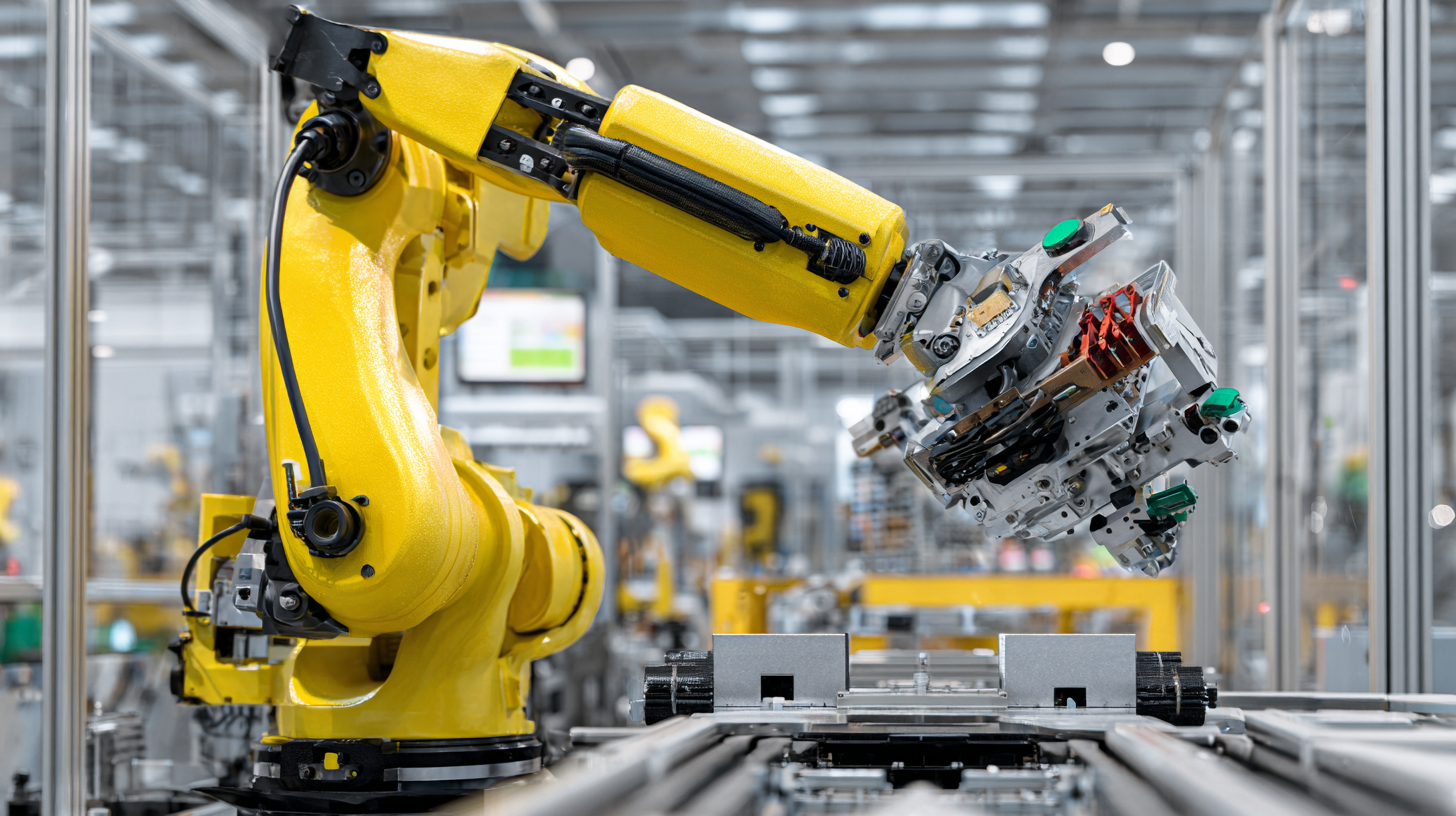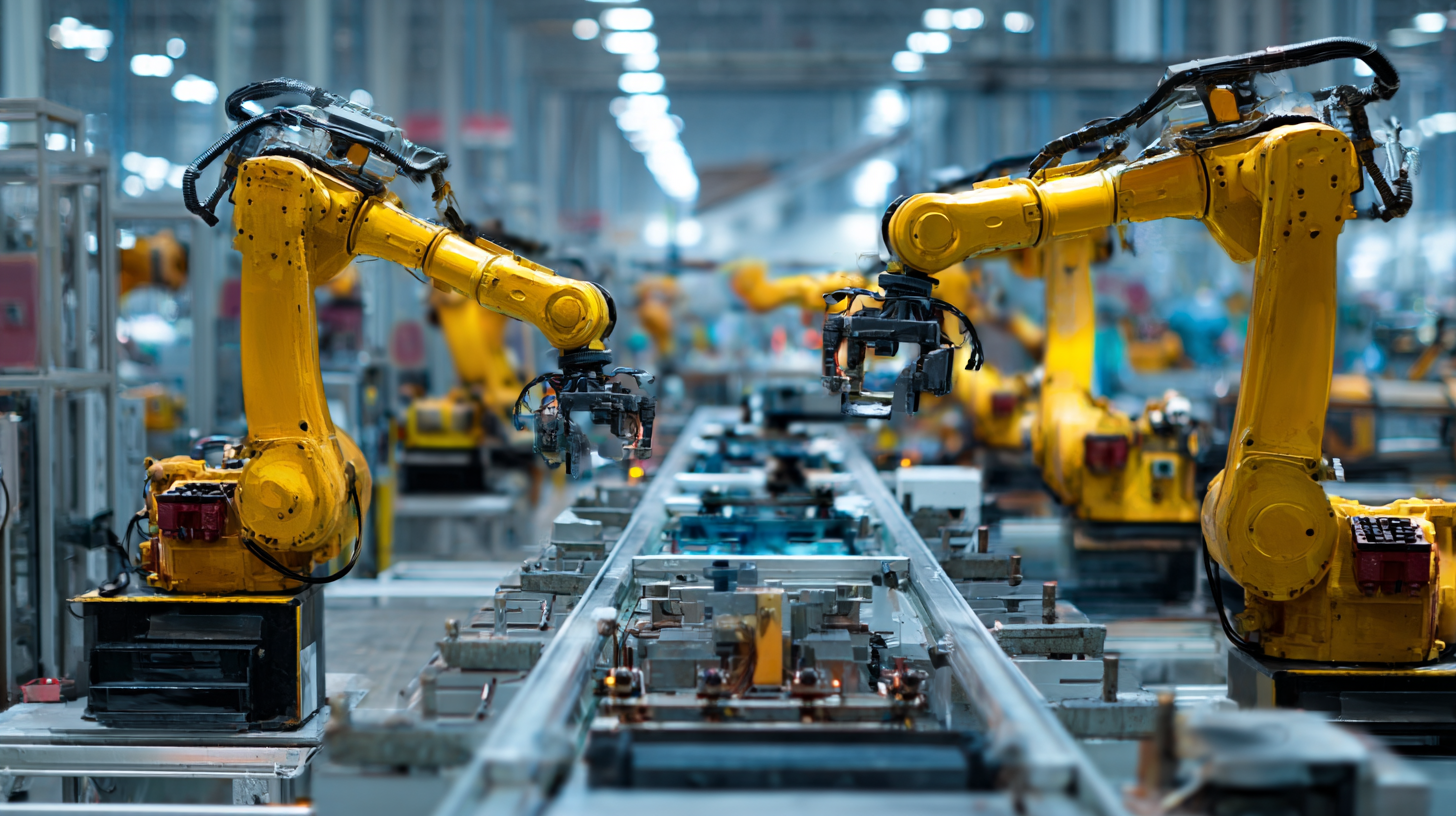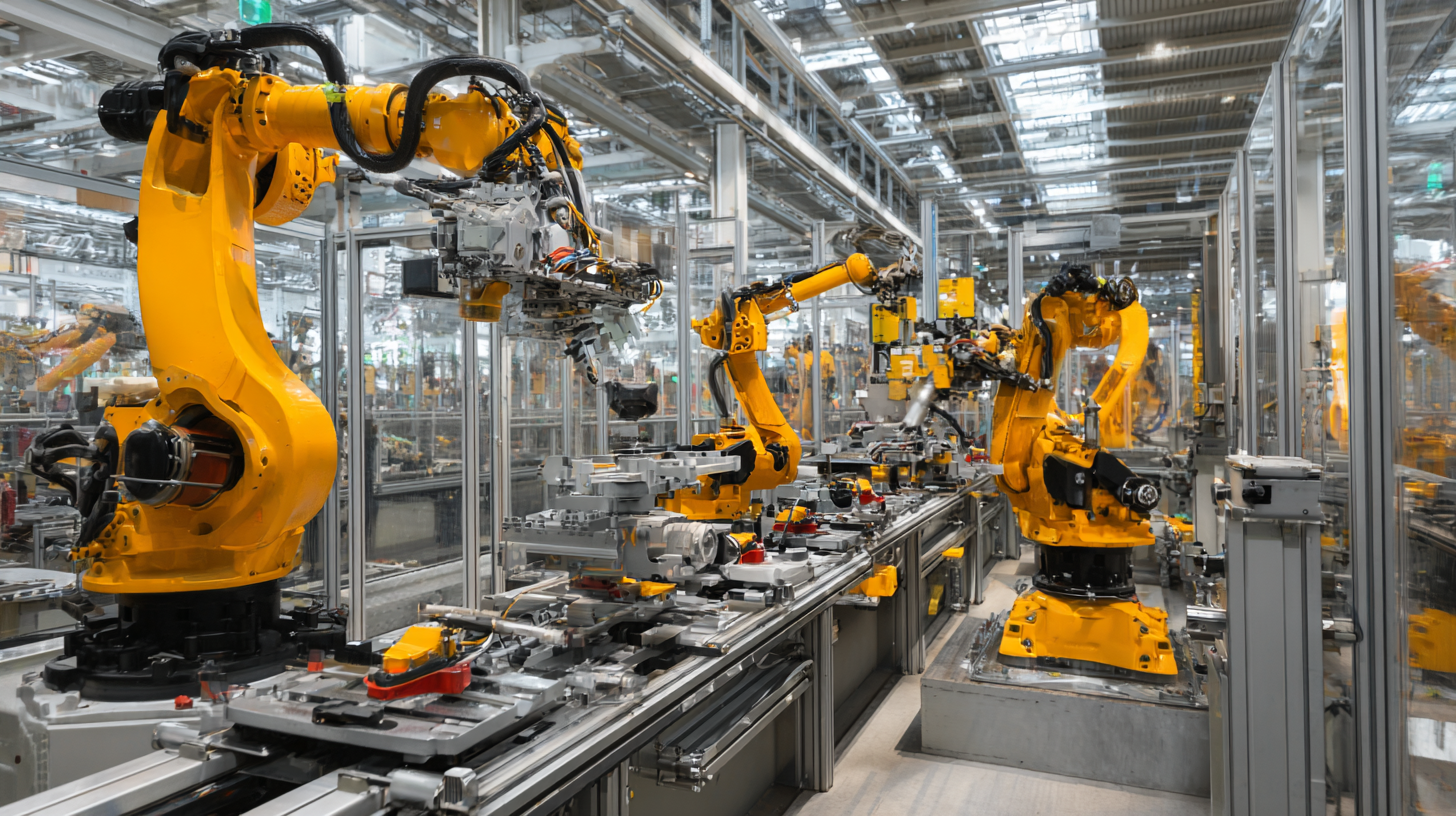In recent years, the Chinese manufacturing industry has experienced a profound transformation driven by technological advancements, with Automation Systems playing a crucial role in this evolution. According to a report from the China Academy of Information and Communications Technology, the implementation of automation technologies in manufacturing has the potential to enhance productivity by up to 30%, while simultaneously reducing operational costs by nearly 20%. Furthermore, the World Economic Forum highlights that as of 2021, about 70% of manufacturing jobs in China could be affected by automation technologies, emphasizing the urgency for industries to adopt smart solutions to stay competitive. This guide aims to explore the best automation systems currently propelling Chinese manufacturers towards excellence, examine their strategic advantages, and provide insights into how businesses can effectively integrate these systems to optimize performance and sustain growth in an increasingly automated future.

As Chinese manufacturing continues to evolve, the integration of advanced automation systems is transforming the landscape in unprecedented ways. Automation enables manufacturers to enhance productivity, reduce operational costs, and improve product quality. By harnessing cutting-edge technologies such as robotics, artificial intelligence, and the Internet of Things (IoT), companies can streamline their processes, leading to a more agile and resilient production environment. This shift not only meets rising domestic and global demands but also positions Chinese manufacturers at the forefront of innovation.

Moreover, the strategic adoption of automation is fostering a surge in skilled job opportunities. As traditional roles evolve, the focus is shifting towards positions that require technical expertise and advanced problem-solving skills. Training programs and upskilling initiatives are becoming vital as the workforce adapts to new technologies. This transformation not only enhances overall operational efficiency but also contributes to a more knowledgeable workforce, ready to tackle the challenges and opportunities of the future. Ultimately, the harmonization of automation within Chinese manufacturing is paving the way for sustained growth and competitiveness in a dynamic global market.
In the rapidly evolving landscape of Chinese manufacturing, automation systems are playing a pivotal role in driving efficiency and productivity. Recent studies indicate that the integration of advanced automation technologies can lead to a significant reduction in production times, with reports suggesting improvements of up to 30% in manufacturing cycles. The implementation of robotics and AI-driven solutions not only enhances operational speed but also ensures higher precision and quality, thereby meeting the increasing demands of both domestic and global markets.
Moreover, key innovations such as the Internet of Things (IoT) and machine learning are revolutionizing how manufacturers monitor and optimize their processes. According to the China Industrial Internet Development Report 2022, companies utilizing IoT systems have reported a 20% increase in overall equipment effectiveness (OEE). This trend highlights the importance of data-driven decision-making in enhancing manufacturing capabilities. As Chinese manufacturers continue to invest in these cutting-edge automation systems, their competitive edge in the global market is set to expand, positioning them as leaders in the future of manufacturing excellence.
In today's rapidly evolving landscape of Chinese manufacturing, the integration of digital technologies like Artificial Intelligence (AI) and the Internet of Things (IoT) is pivotal in enhancing operational efficiency and productivity. According to a report by Deloitte, companies that leverage AI in manufacturing can improve their productivity by up to 40%. This significant boost is largely attributed to AI's ability to analyze vast datasets, optimize supply chains, and predict maintenance issues before they escalate. IoT, on the other hand, provides real-time data that enables manufacturers to refine their processes continuously.
**Tip 1:** To harness the full potential of AI and IoT, businesses should invest in employee training programs to foster a culture of digital literacy. As noted by McKinsey, skilled workers equipped with the right knowledge can drive substantial improvements in automation performance.
**Tip 2:** Establishing strong partnerships with technology providers is essential. A report by PwC highlights that firms leveraging collaborative ecosystems for technology integration can see a reduction in operational costs by around 30%. This cooperation can yield innovative solutions tailored to specific manufacturing challenges.
As the Chinese manufacturing sector embraces these digital advancements, the strategic use of AI and IoT will not only streamline operations but also position companies at the forefront of global competition.

In recent years, the landscape of Chinese manufacturing has significantly transformed with the implementation of advanced automation systems. As industries face increasing pressure to meet diverse customer demands and navigate fierce global competition, adopting best practices in automation becomes crucial.
Cutting-edge technologies from intelligent manufacturing forums and recent innovations in fully automated solutions indicate a shift towards smart manufacturing that not only enhances efficiency but also promotes sustainability.
The “Lighthouse Factory” initiative exemplifies the forefront of this transformation, with numerous facilities in China leading the way by integrating Industry 4.0 technologies. These factories serve as models for best practices in automation, showcasing how data-driven decision-making and innovative production methods can address complex manufacturing challenges. As firms strive for mass customization and adaptability, embracing automation systems will be vital for achieving excellence and maintaining competitiveness on a global scale.
The evolution of automation systems in Chinese manufacturing is a critical factor shaping the future of industry excellence. As reported, over 230 advanced smart factories have been established across the country, serving as pivotal elements in the digital transformation of manufacturing. According to the Ministry of Industry and Information Technology, the ongoing upgrades reflect a commitment to integrating smart technologies into traditional manufacturing processes, driving productivity and innovation forward.
Recent developments have highlighted the recognition of companies that excel in this transformation. The list of advanced smart factories released in Sichuan province showcases the rise of intelligent manufacturing, with 104 factories noted for their capabilities. This strategic shift not only enhances operational efficiency but also positions these enterprises as leadership examples in the race for manufacturing excellence. Furthermore, China aims to establish over 200 exemplary smart factories within the next three years, demonstrating an aggressive push towards realizing the full potential of Industry 4.0 principles in shaping sustainable production practices.
| Automation Technology | Adoption Rate (%) | Benefits Realized | Future Trends |
|---|---|---|---|
| Robotic Process Automation (RPA) | 75% | Increased Efficiency, Reduced Errors | Integration with AI |
| Industrial IoT | 60% | Real-time Monitoring, Predictive Maintenance | Smart Manufacturing |
| Artificial Intelligence | 50% | Enhanced Decision Making, Quality Control | Machine Learning Applications |
| Additive Manufacturing | 30% | Cost Reduction, Customization | Sustainable Production |
| Digital Twin Technology | 40% | Improved Operations, Risk Mitigation | Increased Adoption Across Industries |
